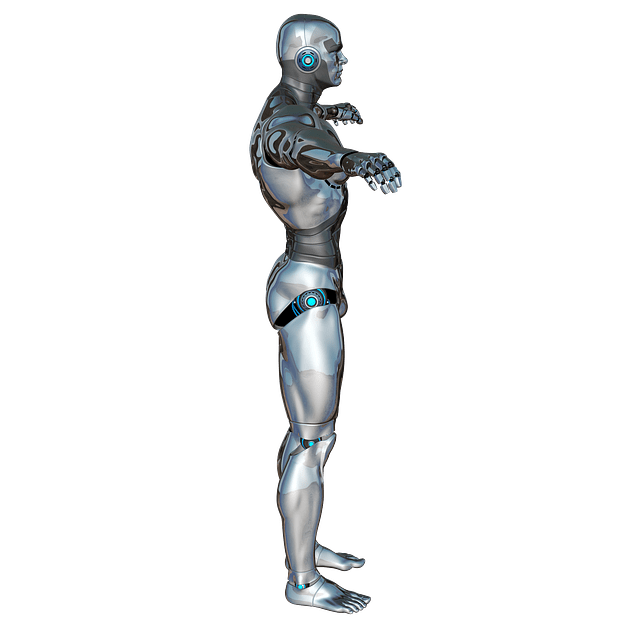Artificial intelligence may be used to identify benign thyroid nodules – Healio
Source/Disclosures
Published by:
Source:
Pozdeyev …….

Source/Disclosures
Published by:
Source:
Pozdeyev N, et al. RF11 | PSAT234. Presented at: ENDO annual meeting; June 11-14; Atlanta (hybrid meeting).
Disclosures:
Pozdeyev reports no relevant financial disclosures.
We were unable to process your request. Please try again later. If you continue to have this issue please contact [email protected].
ATLANTA — An ultrasound-based artificial intelligence classifier of thyroid nodules identified benign nodules with sensitivity similar to fine-needle aspiration, according to data presented at ENDO 2022.
“Artificial analysis of thyroid ultrasound images can identify nodules that are very unlikely to be malignant,” Nikita Pozdeyev, MD, PhD, assistant professor at University of Colorado Anschutz Medical Campus, told Healio. “These are mostly spongiform nodules that have a less than 3% probability of malignancy.”
Pozdeyev is an assistant professor at University of Colorado Anschutz Medical Campus.
Pozdeyev and colleagues trained a supervised deep learning classifier of thyroid nodules on 32,545 images of 621 thyroid nodules acquired from University of Washington. The classifier was then tested on an independent set of 145 nodules collected from the University of Colorado. The Big Transfer BiT-M ResNet-50×1 convolutional neural net architecture was modified to contain, 3, 4, 6 and 3 PreActBottleneck units per block 1 through 4. Weights pretrained on the ImageNet-21k dataset were loaded, and weights for blocks 3 and 4 fine-tuned for the binary classification task of distinguishing between benign and malignant thyroid nodules.
“We used an approach used to train clinically relevant classifiers called transfer learning,” Pozdeyev said in a press conference. “We took a model trained on natural images like cars, dogs and humans, and then that model is trained on an image set with tens of millions of images. Then we modified that model to work on a specific task — in our case, to take ultrasound images of thyroid nodules and make a call: cancerous or benign.”
When scaled by nodule size and using six random cine clip images per nodule, the classifier achieved an area under receiver operating characteristic curve of 0.872 on five-fold cross-validation. In the training data set of thyroid nodules, the classifier achieved a sensitivity of 94%, a specificity of 52% and a negative predictive value of 96% when determining benign vs. malignant nodules.
In the independent test set of thyroid nodules, the classifier achieved a sensitivity of 97% and a specificity of 61%. The negative predictive value was 98.5% and the positive predictive value was 40%.
“Computer-assisted diagnosis systems will be increasingly used by physicians of all specialties, including endocrinology,” Pozdeyev told Healio. “Our proof-of-concept study showed that an artificial intelligence-based thyroid nodule classifier can objectively select thyroid nodules that are unlikely to be malignant, do not require fine-needle aspiration biopsy, and can be managed with active surveillance. The validation of such a computer-assisted diagnosis system in a prospective clinical trial will be necessary before introduction into clinical practice.”
ADD TOPIC TO EMAIL ALERTS
Receive an email when new articles are posted on
Please provide your email address to receive an email when new articles are posted on .
We were unable to process your request. Please try again later. If you continue to have this issue please contact [email protected].







